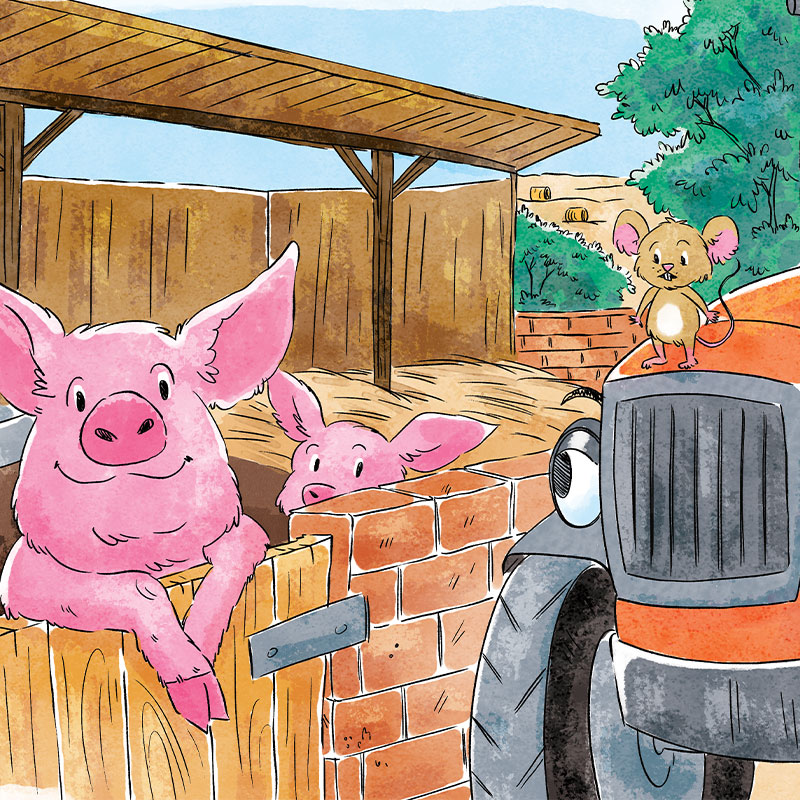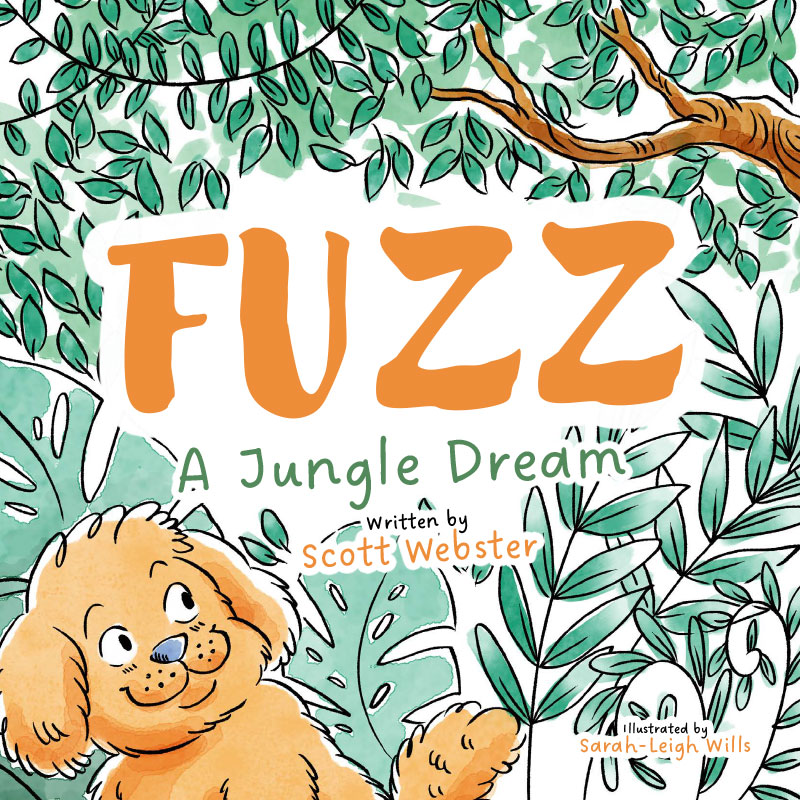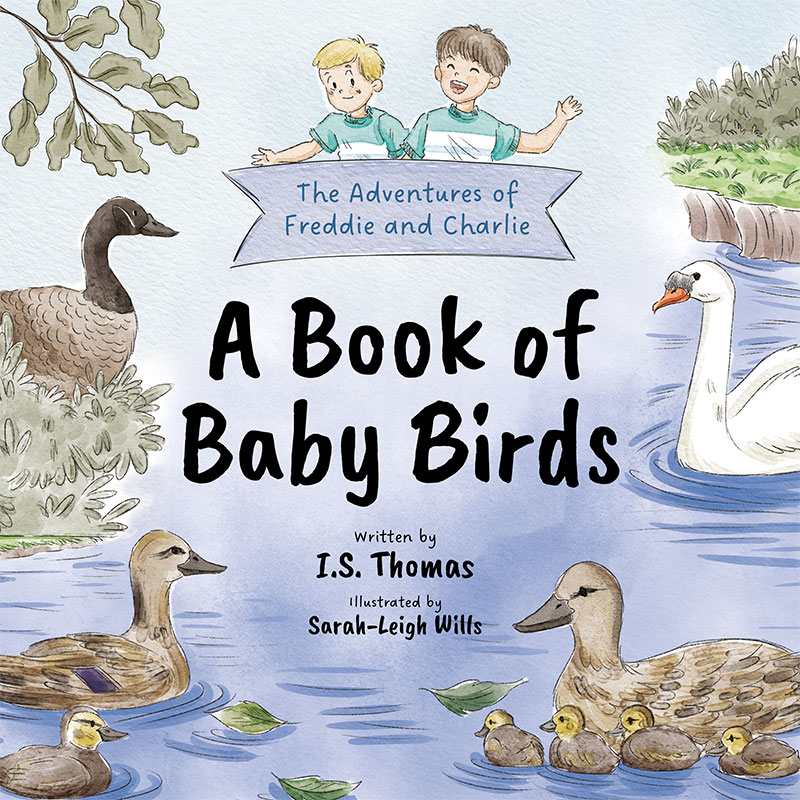Children’s books have the remarkable ability to captivate young minds, sparking imagination and fostering a lifelong love for reading. Beyond the enchanting stories and colourful illustrations, there lies a treasure trove of quirky facts and fascinating tales about the creation of these beloved books and the lives of their authors. From hidden inspirations to surprising connections, the world of children’s literature is filled with delightful discoveries waiting to be unveiled.
These behind-the-scenes stories add an extra layer of magic to the already captivating world of children’s books, offering readers a glimpse into the creative processes and personal experiences that shaped these timeless tales. In this article, we will embark on a journey through the pages of some of the most cherished children’s books, revealing the intriguing stories behind their creation and the eccentric lives of the authors who brought them to life. As we explore these quirky facts, we will gain a deeper appreciation for the dedication, imagination, and often unconventional paths that led to the creation of these beloved stories. So, let us dive into the enchanting realm of children’s literature and uncover the delightful discoveries that await us.
Lewis Carroll and “Alice’s Adventures in Wonderland”
Lewis Carroll’s timeless classic, “Alice’s Adventures in Wonderland,” has captured the hearts of readers for generations. What many may not know is that the character of Alice was inspired by a real-life girl named Alice Liddell, the daughter of Carroll’s close friend. The story itself is filled with hidden mathematical concepts, reflecting Carroll’s background as a mathematician.
The author’s quirky pseudonym, Lewis Carroll, was actually a playful twist on his real name, Charles Lutwidge Dodgson. He created this pen name by translating his first and middle names into Latin, reversing their order, and then translating them back into English. The book’s influence on popular culture is undeniable, with references and adaptations spanning various mediums, from films to fashion. The whimsical characters, such as the Cheshire Cat and the Mad Hatter, have become iconic figures in their own right, inspiring countless reimaginings and interpretations. The enduring popularity of “Alice’s Adventures in Wonderland” is a testament to Carroll’s imaginative genius and his ability to create a world that continues to captivate readers of all ages.
A.A. Milne and “Winnie-the-Pooh”
The beloved tales of “Winnie-the-Pooh” have their roots in the real-life experiences of author A.A. Milne and his son, Christopher Robin. The character of Christopher Robin was based on Milne’s own son, and the adorable stuffed animals that populate the stories were inspired by his son’s toy collection. The name “Winnie-the-Pooh” has a surprising Canadian connection, as it was derived from a real bear named Winnie, who was a popular attraction at the London Zoo and had been brought from Canada. The bear was named after the city of Winnipeg, and Christopher Robin had a stuffed bear that he named after her.
Milne’s decision to use his son’s toys as the basis for his stories adds a touch of personal charm to the already endearing tales. Beyond the charming adventures, the stories also contain philosophical undertones, exploring themes of friendship, love, and the simple joys of life. Milne’s ability to weave these deeper themes into seemingly simple stories is a testament to his skill as a writer and his understanding of the human condition. The enduring popularity of “Winnie-the-Pooh” has led to numerous adaptations, including films, television series, and merchandise, cementing its place as a beloved classic of children’s literature.
Roald Dahl and his imaginative tales
Roald Dahl’s imaginative stories, such as “Charlie and the Chocolate Factory” and “Matilda,” have delighted children for decades. Dahl’s writing was heavily influenced by his personal experiences, including his time as a fighter pilot during World War II. One of the most famous anecdotes about Dahl involves a mischievous incident at a chocolate factory, where he and his schoolmates secretly sampled new chocolate bars. This experience would later inspire the creation of Willy Wonka’s chocolate factory in “Charlie and the Chocolate Factory.” Dahl’s writing process was just as quirky as his stories, as he famously worked in a small writing shed filled with curious objects and mementos. He surrounded himself with items that held personal significance, such as a ball made from the wrappings of his favourite chocolate bars and a piece of his own hip bone that was removed during surgery.
These eccentric touches serve as a reminder of Dahl’s unique perspective and his ability to find inspiration in the most unexpected places. Interestingly, before becoming a beloved children’s author, Dahl had a brief stint as a secret agent during the war. His experiences as a spy would later influence his writing, particularly in his adult short stories, which often featured elements of suspense and surprise. Dahl’s legacy in the world of children’s literature is undeniable, with his stories continuing to captivate new generations of readers and inspire countless adaptations in various mediums.
J.K. Rowling and the “Harry Potter” series
The “Harry Potter” series by J.K. Rowling has become a global phenomenon, enchanting readers of all ages. However, the journey to success was not without its challenges. Rowling famously wrote the first book in the series while struggling as a single mother, often working in cafes. She faced numerous rejections from publishers before finally finding success with “Harry Potter and the Philosopher’s Stone.” The choice of King’s Cross Station as the departure point for the Hogwarts Express holds personal significance for Rowling, as it was where her parents first met. This connection adds a touch of sentimentality to the already magical world she created. The character names in the series are rich with hidden symbolism and mythology, adding depth to the magical world.
For example, the name “Dumbledore” is an Old English word meaning “bumblebee,” which Rowling chose because she imagined the headmaster humming to himself. Surprisingly, the terrifying Dementors were inspired by Rowling’s own experience with depression, serving as a metaphor for the draining effects of the condition. Rowling’s ability to weave personal experiences and meaningful symbolism into her stories is a testament to her skill as a writer and her dedication to creating a fully realised fictional world. The “Harry Potter” series has had an immeasurable impact on popular culture, inspiring a generation of readers and leading to numerous adaptations, theme parks, and a thriving fan community.
Dr. Seuss and his whimsical world
Dr. Seuss, whose real name was Theodor Seuss Geisel, is renowned for his whimsical and imaginative children’s books. One of his most famous works, “Green Eggs and Ham,” was the result of a bet with his publisher, who challenged him to write a book using only 50 unique words. Geisel rose to the challenge, creating a beloved story that has become a staple of children’s literature. Many of Dr. Seuss’s stories contain subtle political and social commentary, such as the environmentalist themes in “The Lorax.” This story, which warns of the dangers of unchecked consumerism and environmental destruction, has become a rallying cry for eco-activists around the world. “The Cat in the Hat” was written as a response to the dull and uninspiring children’s primers of the time, aiming to create a more engaging learning experience.
Geisel’s goal was to create a book that would encourage children to read while also entertaining them with its lively characters and playful rhymes. Beyond his literary talents, Dr. Seuss was also a skilled artist, creating memorable illustrations and even sculpting unique taxidermy specimens. His artistic abilities extended beyond the pages of his books, as he created sculptures and paintings that showcased his distinctive style. Geisel’s legacy in the world of children’s literature is immeasurable, with his books continuing to delight and inspire readers of all ages.
Beatrix Potter and her enchanting animal tales
Beatrix Potter’s delightful tales of anthropomorphic animals, such as “The Tale of Peter Rabbit,” have been cherished by generations of children. Potter’s illustrations are notable for their scientific accuracy, as she was a keen observer of nature and often drew from life. She studied the anatomy and behaviour of the animals she depicted, ensuring that her illustrations were both charming and biologically correct. Many of the locations in her stories were inspired by real-life places she visited, such as the English Lake District. Potter spent much of her life in this picturesque region, and the landscapes and gardens she encountered there served as the backdrop for many of her stories.
Potter was not only a talented author and illustrator but also a savvy entrepreneur, creating merchandise based on her characters. She recognized the potential for her stories to extend beyond the pages of her books, and she created a range of products, including stuffed animals and china tea sets, that allowed children to bring her characters to life. Her love for nature extended beyond her books, as she was a dedicated conservationist, and her work has inspired ongoing efforts to preserve the countryside she adored. Potter used her wealth and influence to purchase and protect large tracts of land in the Lake District, ensuring that the natural beauty that inspired her stories would be preserved for future generations.
Maurice Sendak and “Where the Wild Things Are”
Maurice Sendak’s groundbreaking picture book, “Where the Wild Things Are,” has become a classic of children’s literature. The story was inspired by Sendak’s own childhood memories and his fascination with the darker aspects of the imagination. As a child, Sendak was often ill and spent much of his time indoors, where he would create elaborate fantasy worlds to entertain himself. The book’s unconventional depiction of children’s emotions, particularly anger and frustration, was initially met with controversy, but it has since been praised for its honest and relatable portrayal of childhood experiences.
Sendak’s willingness to explore the full range of children’s emotions, including those that were often considered taboo, was a revolutionary approach to children’s literature. His work has left an indelible mark on the genre, influencing countless authors and illustrators who followed in his footsteps. Sendak’s legacy extends beyond his books, as he was also a renowned set and costume designer for theatre and opera productions. His distinctive artistic style and keen understanding of the human condition made him a sought-after collaborator in the world of performing arts.
Eric Carle and “The Very Hungry Caterpillar”
Eric Carle’s “The Very Hungry Caterpillar” has been a staple of children’s bookshelves for over half a century. Carle’s distinctive collage art style, created using hand-painted papers that he cuts and layers, has become instantly recognizable. His process involves creating colourful painted papers, which he then cuts into shapes and arranges to form his iconic illustrations. The story of the caterpillar’s journey through various foods and its ultimate transformation into a beautiful butterfly has not only entertained children but also served as a valuable educational tool, teaching concepts such as counting, the days of the week, and the life cycle of a butterfly.
The book’s universal appeal has led to its translation into numerous languages, making it a global favourite. Interestingly, Carle’s journey to publication was not a straightforward one, as he faced initial rejections before finding the perfect home for his beloved story. His persistence and belief in his work ultimately paid off, as “The Very Hungry Caterpillar” has sold millions of copies worldwide and has become a cherished classic of children’s literature. Carle’s legacy extends beyond his books, as he has been a strong advocate for the importance of art education and has established the Eric Carle Museum of Picture Book Art to promote the art of children’s book illustration.
Conclusion: Quirky Facts Behind Beloved Children’s Books and Their Authors
The quirky facts and fascinating stories behind children’s books and their authors serve as a testament to the enduring magic of children’s literature. These tales remind us that the creation of a beloved book is often a labour of love, shaped by the author’s own experiences, imaginative prowess, and dedication to their craft. By exploring the hidden depths of these stories and the lives of their creators, we gain a greater appreciation for the power of children’s books to inspire, educate, and entertain. The personal touches and unique perspectives that authors bring to their work are what make these stories so special and enduring.
As we continue to share these stories with new generations of readers, it is essential to preserve and celebrate the quirky facts that make them so special. By passing on these behind-the-scenes tales, we ensure that the magic behind these children’s books will endure, captivating young minds and sparking their own creativity for years to come. The world of children’s literature is a rich and vast one, filled with countless more quirky facts and delightful discoveries waiting to be uncovered. As we continue to explore this enchanting realm, we can take comfort in the knowledge that the stories and their creators will always have the power to transport us to new worlds, inspire our imaginations, and touch our hearts.

Bring your children’s book to life with Happydesigner’s unique, vibrant illustrations – where your imagination meets our creativity!




